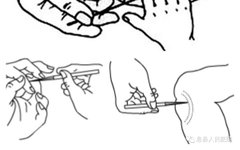Bloodletting therapy, known as cì luò fàng xuè (刺络放血), is a technique that involves using a disposable bloodletting needle to puncture blood vessels or acupoints, releasing a suitable amount of blood to achieve therapeutic effects. This method is believed to promote circulation, relieve heat, harmonize qi and blood, and reduce swelling and pain. Clinically, it is primarily used for various excess conditions, heat syndromes, blood stasis, and pain.
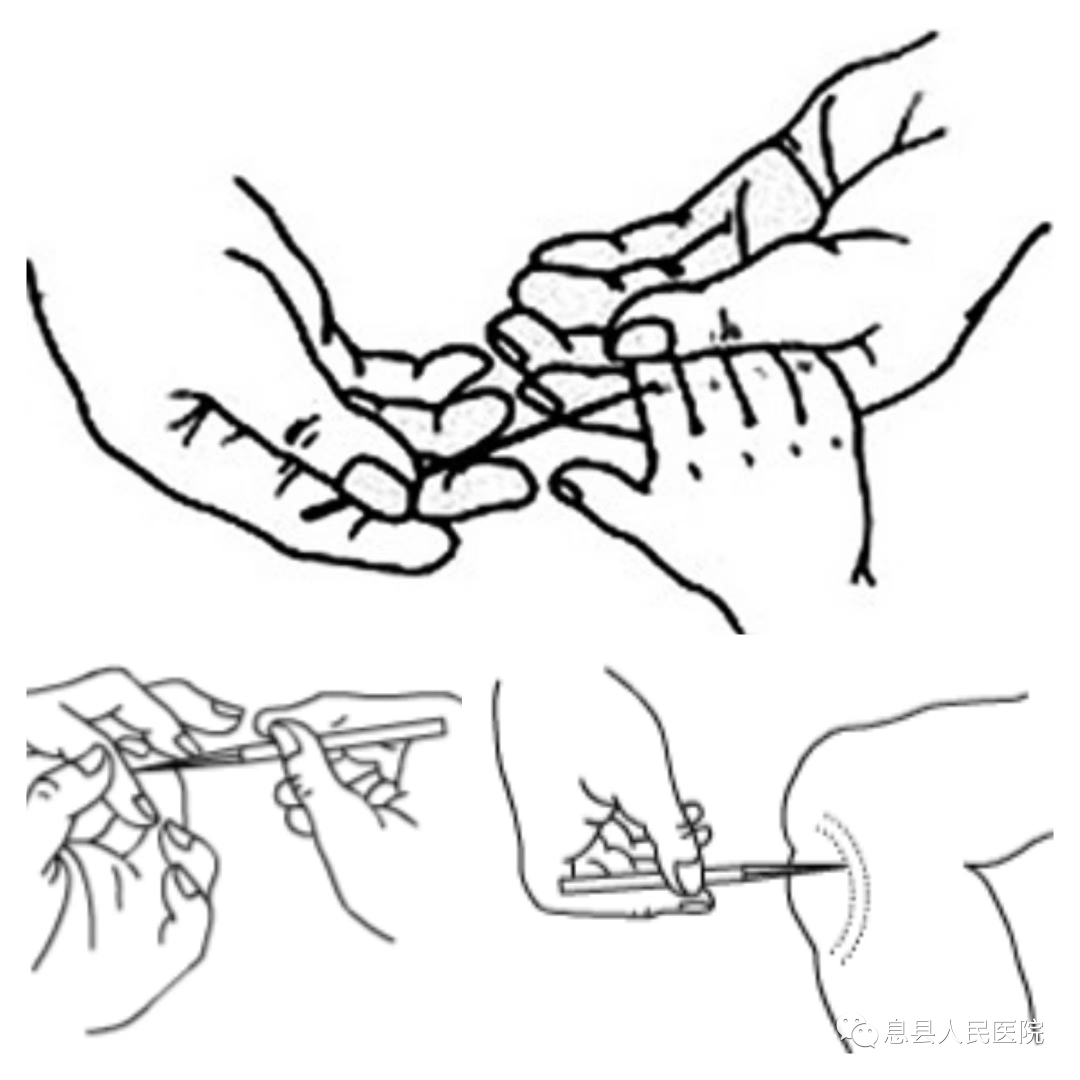
Selection of Acupoints
Acupoints are selected based on the treatment plan, typically choosing points where there is significant blood stasis in the area or nearby.
Clinically, the ear apex (耳尖) is commonly used for bloodletting, which helps to dispel wind, clear heat, brighten the eyes, reduce fever and inflammation, relieve pain, and lower blood pressure. Bloodletting at the ear apex can also open the meridians and adjust the lung’s qi and blood functions, promoting the balance of yin and yang in the body, thus achieving disease prevention and treatment.
Treatment of Common Diseases
Conditions treated include pediatric malnutrition, hypertension prevention and treatment, acne, tinnitus, insomnia, exogenous fever, acute conjunctivitis, acute pharyngitis, acute lumbar sprain, and bi syndrome.
(1) Exogenous fever (upper respiratory infection)
Can use the Da Zhui (大椎) point.
(2) Acute conjunctivitis
Can use the ear apex (耳尖) or Tai Yang (太阳) point.
(3) Acute pharyngitis
Can use the Da Zhui (大椎), Shao Shang (少商), and Shang Yang (商阳) points.
(4) Acute lumbar sprain
Can use the Wei Zhong (委中) point or nearby visible blood vessels.
Positioning
The position should allow the practitioner to accurately locate the acupoints, facilitate operation, and ensure patient comfort. For acupoints on the head, neck, and upper back, a prone sitting position is preferred; for points on the head, neck, and chest, a supine sitting position is used; for points on the back, waist, buttocks, and posterior lower limbs, a prone position is taken; for points on the head, chest, abdomen, and limbs, a supine position is used; and for lateral points, a side-lying position is preferred. To ensure the surface vessels are engorged, special positions may be required. For example, for acute lumbar sprain, bloodletting at the popliteal vein Wei Zhong requires the patient to stand. The area to be punctured should be adequately exposed for the practitioner to operate and manage bleeding.
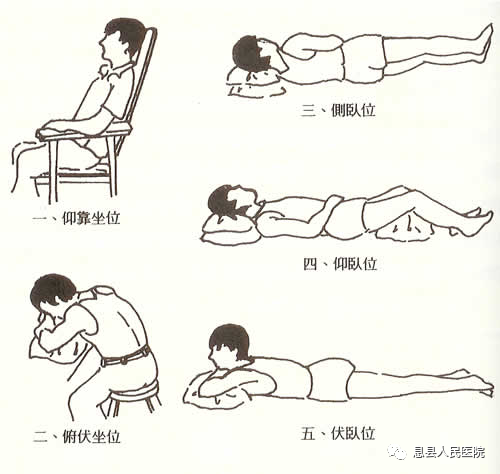
Contraindications
1. Infectious diseases and severe heart, liver, or kidney dysfunction.
2. Arterial puncture is prohibited.
3. Patients with bleeding disorders such as hemophilia or thrombocytopenic purpura.
4. Pregnant women, postpartum women, and those with habitual miscarriage.
5. Patients with significant external bleeding from trauma.
Precautions
1. Caution is advised for those with weak constitution, severe anemia, or low blood pressure. For those who are hungry, fatigued, or under high mental stress, treatment should be performed after eating, resting, and relaxing.
2. Caution is advised for patients with severe lower limb varicose veins. Generally, for varicose veins, smaller peripheral veins should be selected, and bleeding volume should be controlled.
3. After needle removal, bleeding should be stopped once the required amount is reached, using a sterile cotton ball to apply pressure on the puncture site for 5-10 minutes. If bleeding is insufficient or absent, pressure can be applied to encourage bleeding, or the proximal blood vessels can be massaged to accelerate bleeding, or cupping can be used to draw blood.
4. After the procedure, patients should rest appropriately before leaving. If fainting occurs due to the procedure, treatment should be stopped immediately, and the patient should lie down for a moment or elevate their legs, lowering their head (without a pillow); or drink water; or use moxa on the Bai Hui (百会) point.
The Traditional Chinese Medicine Department of Xixian People’s Hospital (Guoyi Hall) currently has a TCM internal medicine and miscellaneous disease treatment group, a TCM infertility and male disease treatment group, and a TCM specialty therapy group. The specialty therapy group is dedicated to promoting traditional TCM therapies under the philosophy of “inheriting the essence of Qi Huang and innovating while maintaining integrity.” Using traditional Chinese medicine and herbal remedies as the main diagnostic and treatment methods, they employ herbal decoctions, acupuncture, moxibustion, cupping, gua sha, topical herbal applications, bloodletting, ear acupressure, TCM bone-setting techniques, traditional tui na, and acupuncture point embedding to achieve good therapeutic effects for various common clinical diseases.
Health Consultation:
0376—3010330; 13271128803
Address: 3rd Floor, Outpatient Building, Xixian People’s Hospital, Guoyi Hall
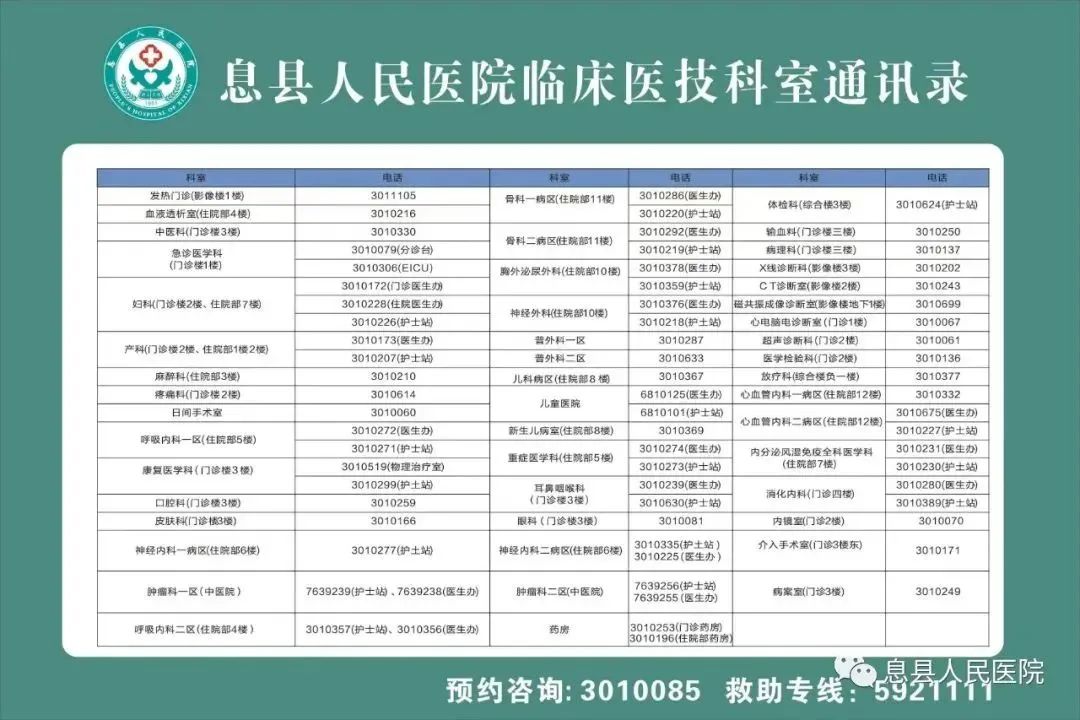

Submitted by: Wei Meng
Edited by: Tang Nan
Reviewed by: Ye Mei
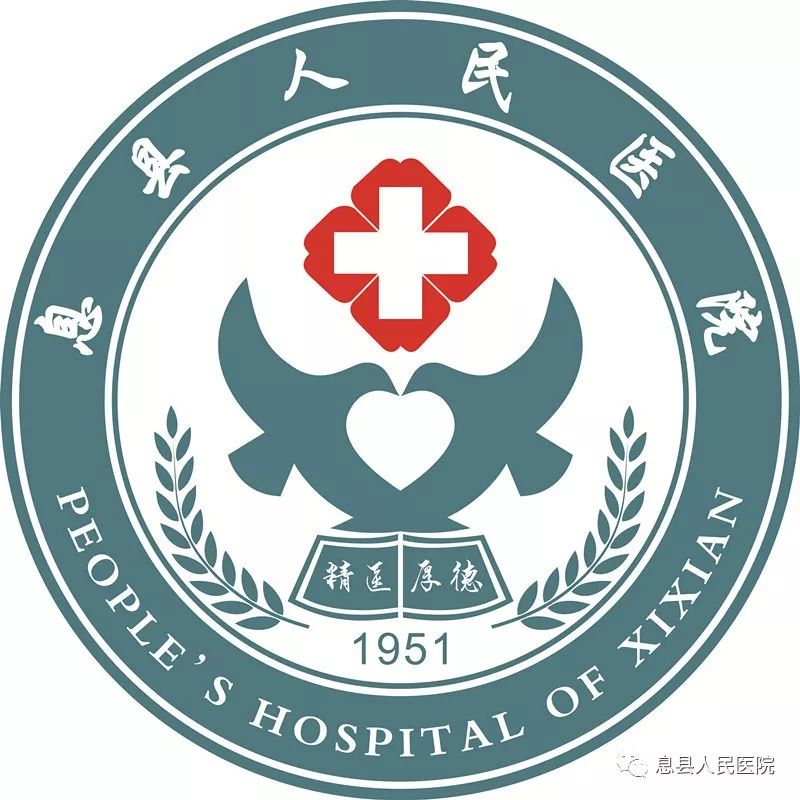
Xixian First Medical Health Service Group
Xixian People’s Hospital
Affiliated Xixian Hospital of Xinyang Normal University
Yunnan Provincial Chest Hospital, Southern Branch
National Level Three Comprehensive Hospital
Official WeChat Account
Issue No. 1376
WeChat ID: xyxxrmyy
Emergency Assistance Line: 5921111
Appointment Phone: 3010085
Exquisite Medicine | Profound Virtue | Serving the People | Dedication
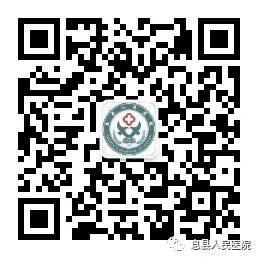
Official Subscription Account
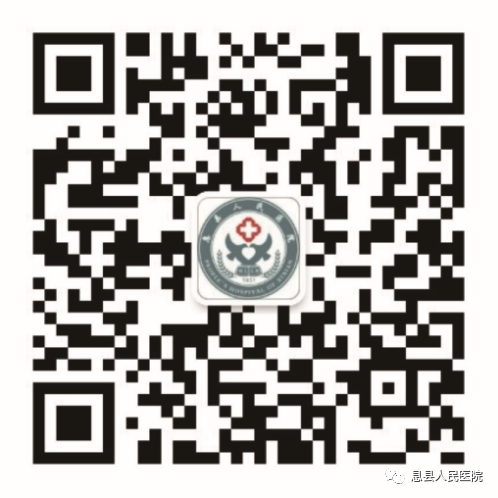
Official Service Account

